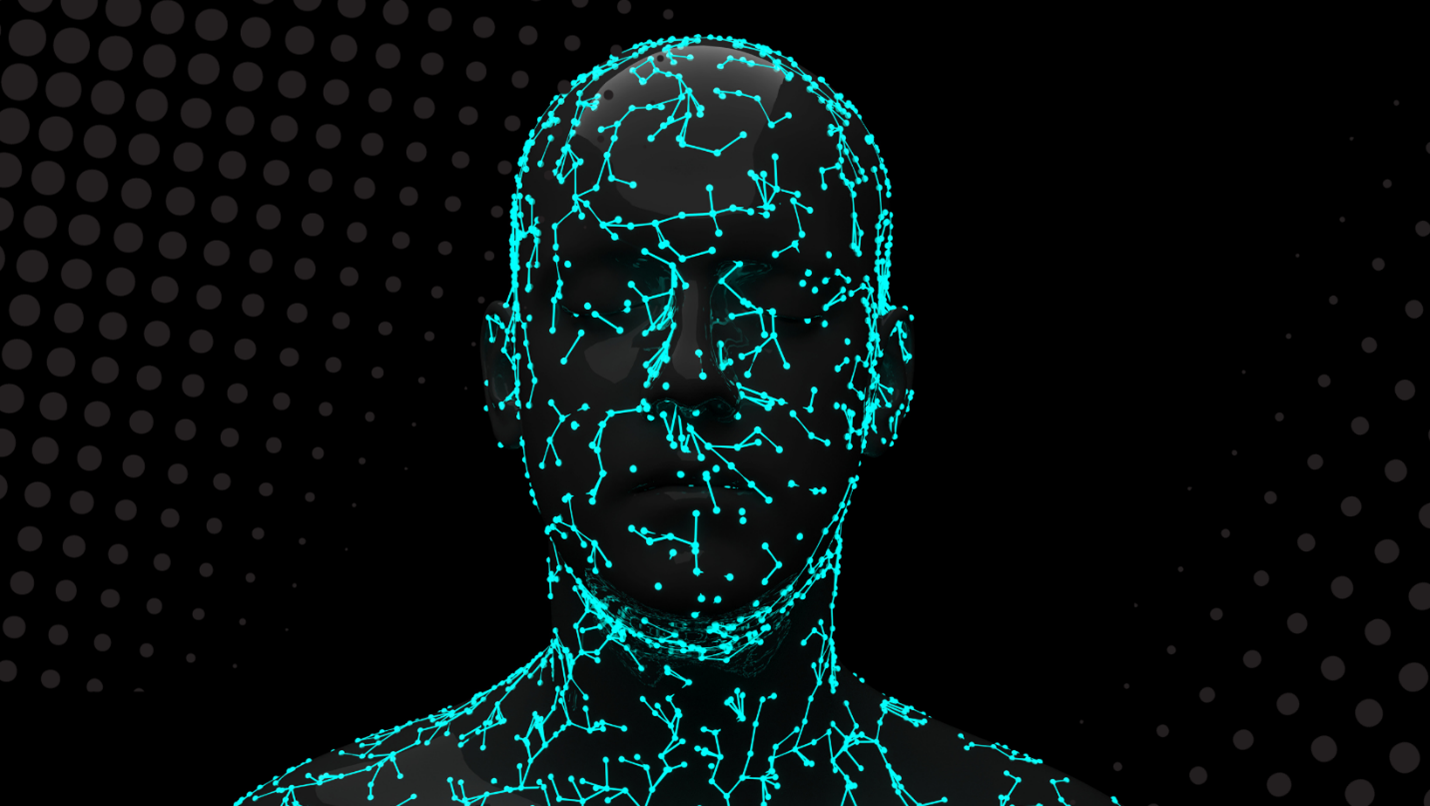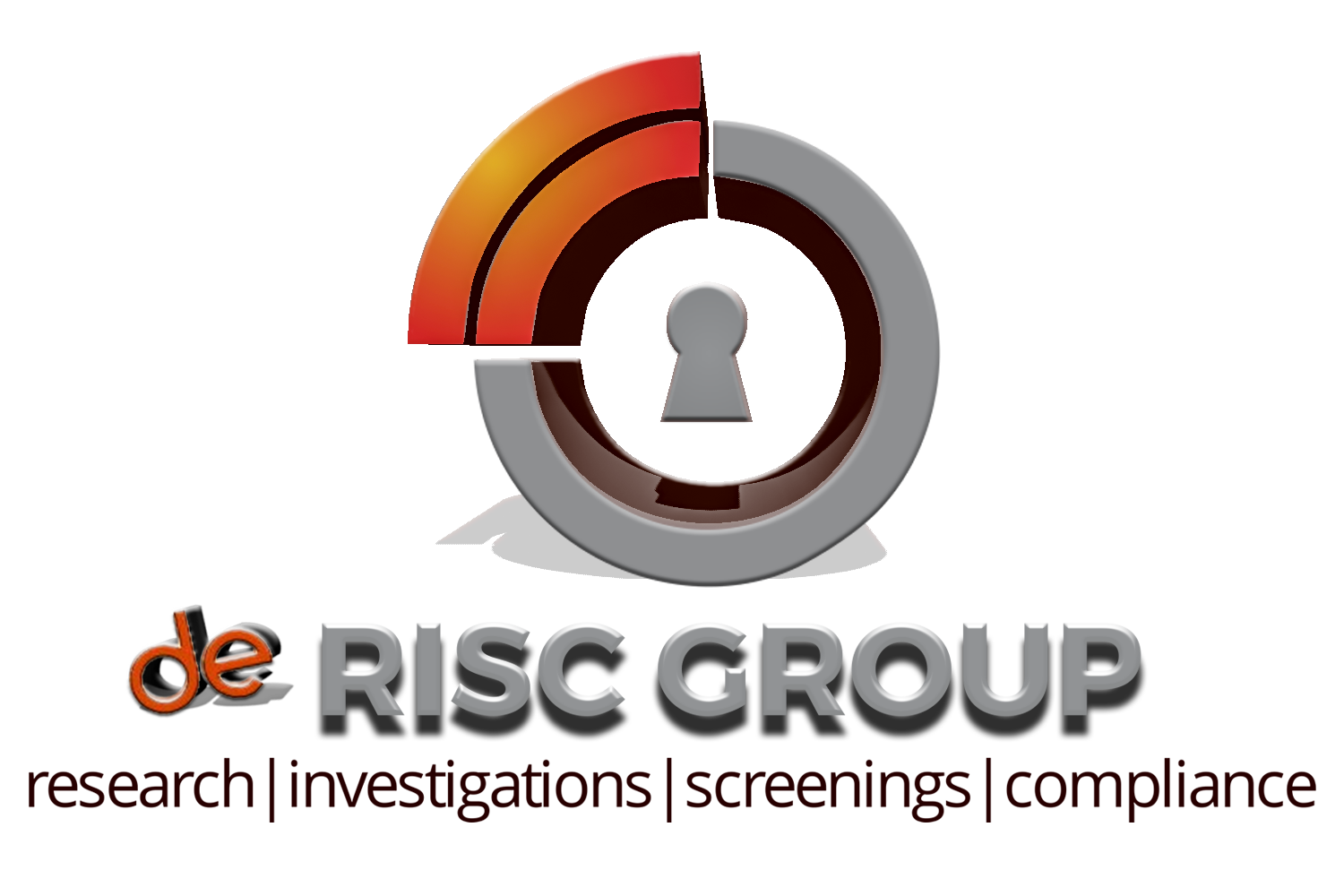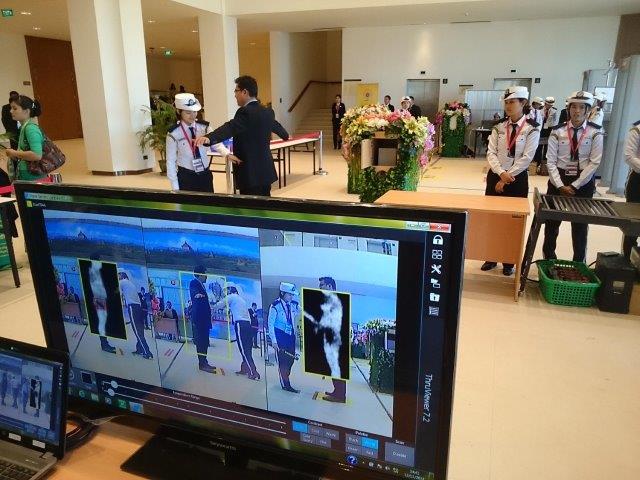
In today's ever-evolving business landscape, remote hiring practices have become the new norm, with interviews and decisions conducted virtually. However, the rise of deepfake technology has opened the door to manipulation and fraudulent activities in the hiring process.
Fraudsters have an array of tactics at their disposal, from fabricating resumes to creating fictitious LinkedIn profiles. They've even harnessed AI to generate fake profile pictures and extract text from legitimate LinkedIn accounts, flooding organizations with thousands of counterfeit profiles.
Even traditional interviews can't guarantee immunity from fraud. Instances have emerged where someone aced a video interview but sent a completely different person on their first day of work. The hiring team only became suspicious after some time, and the imposter vanished before they could take legal action.
Modern technology has made it easier than ever to fabricate false identities, mainly due to deepfake technology's rapid advancement. This issue's gravity is highlighted by the FBI's concern, warning that deepfakes convincingly alter videos, images, or recordings to misrepresent individuals.
As companies grapple with this growing threat, they must adopt new approaches. Here are some essential best practices:
1. Liveness DetectionTo counteract spoofing and fraud, organizations can implement liveness detection technology. This verifies whether the user is a genuine, live person, not just a static photo or video. Liveness checks can be active or passive. Active checks require users to perform specific facial or eye movements, adding complexity to the onboarding process but enhancing security. Passive liveness tests use spoof-detecting technology to analyze skin texture and motion, ensuring security without compromising the user experience.
2. Comparison to Systems of RecordOrganizations can cross-reference identity documents with data stored in government and non-government databases. Advanced capabilities can even compare the applicant's biometric information with official government records.
3. Identity Document VerificationTo ensure the authenticity and current validity of documents, organizations can implement various secure checks. These include facial recognition and tamper detection to ensure that the printed information on the identity document matches the information encoded in its barcode.
In conclusion, remote work has become more prevalent, and threat actors have discovered a new avenue to infiltrate organizations by posing as deepfake job candidates. Safeguarding the remote hiring process against these candidates is critical. With the surge in synthetic identities, companies must overhaul their onboarding and authentication practices to ensure a dependable workforce and a more secure enterprise network.
Are you ready to fortify your defenses against deepfake threats and ensure your hiring process remains secure? At De RISC, we specialize in cutting-edge screening services designed to protect your organization. Our comprehensive solutions include identity document verification, and cross-referencing with official records.
Don't leave your business vulnerable to the risks of deepfake candidates. Take action today and get in touch with us to learn how our services can safeguard your organization's integrity and security. It's time to adapt to the challenges of remote hiring with confidence and peace of mind.




